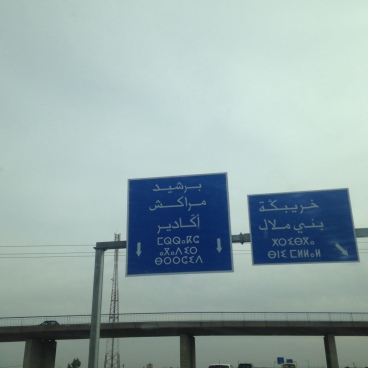Words murmured in the air, on the tip of the tongue, heard, sung, are like clouds in the sky. Fluffy, dark, soft, fast or slow and immobile, silent, thundery, shouted, laughed. I love words and I love clouds. Roam in the clouds or meander in the pages of a book or have a go at filling a white page are all wanders and wonders.



“A special kind of beauty exists which is born in language, of language, and for language.” Gaston Bachelard
I had had a go at learning the basics or Mandarin and Japanese but not long enough to be able to converse . It brought a great deal of frustration and missed opportunities: not being able to express myself ask people questions during my trip to Japan and China ( I had so many questions to ask! beyond the common daily pragmatics ), have banter and get to understand the people better not only through shared insight, but by their language. A certain communion comes with the interaction in a native language when visiting a country. I suddenly felt like a baby and wanting to scream to get my point across or grab attention.
❝If you talk to a man in a language he understands, that goes to his head. If you talk to him in his own language, that goes to his heart.❞‒Nelson Mandela
I believe a language reveals a lot more about a culture than meets …the ear.
There is the writing too. There were so many signs I would have loved to decipher Mandarin I find absolutely thrilling and fascinating: written Chinese is not based on an alphabet or a compact syllabary. This is where the appeal and the fun lay! Chinese characters are glyphs whose components may depict objects or represent abstract notions. Occasionally a character consists of only one component; more commonly two or more components are combined to form more complex characters, using vrious different principles. First there are Pictographs, in which the character is a graphical depiction of the object it denotes. Examples: 人 rén “person”, 日 rì “sun”, 木 mù“tree/wood”. 指事 zhǐshì: Indicatives, or ideographs, in which the character represents an abstract notion. Examples: 上 shàng “up”, 下 xià “down”, 三 sān “three”
Compound pictographs and ideographs combine one or more pictographs or ideographs to form new characters. Both component parts contribute to the meaning of the compound character. Semantic-phonetic compounds represent around 90% of all existing characters and consist of two parts: a semantic component or radical which hints at the meaning of the character, and a phonetic component which gives a clue to the pronunciation of the character. And although Mandarin and Japanese have similarities, they are vastly different and equally fascinating. Japan has a fun factor I find and is not as hard as people believe it to be grammatically. Its difficulty lay in the different types of writing,and Ideas are expressed in way that is unrelated to European languages( which is what is so interesting, and holds a clue to understanding Japanese culture and ways of thinking. I love the way it concatenates two words to make a third, or emphasize something, a bit like german does, but not as convoluted. Learning those language are a playful game – frustrating often – but a game all the same – and the challenge of the writing combines the visual, verbal and auditory.
I speak arabic and french, English and some very basic german. Already 2 very different systems of writing and shaping thoughts. I was therefore very drawn and curious by a totally different system.A brain gymnastic – enhanced googles for viewing of the world around and within.
❝The limits of my language are the limits of my world.❞‒Ludwig Wittgenstein

in morocco we are used t see various alphabets – Latin Arabic and Tifinagh
There is the perceived idea that photography is a universal language. However it also contains codes, the understanding of perspective and scale is acquired for example. There are cultural codes too that come into play. Photography and visual art are a language with as many codes and alphabets as written language, and therefore as much latitude if not more as it doesn’t need to speak out loud and doesn’t require a verbal and auditory skill. Just like writing it allows the photographer to develop his own vocabulary, his own neologisms, figures of visual rhetoric and tone. It’s about writing a visual prose, poetry statement, article.
Language harbours connection – identity – familiarity – and if we extend it a notion of home and belonging.

Great article. Please email it to me.
LikeLike